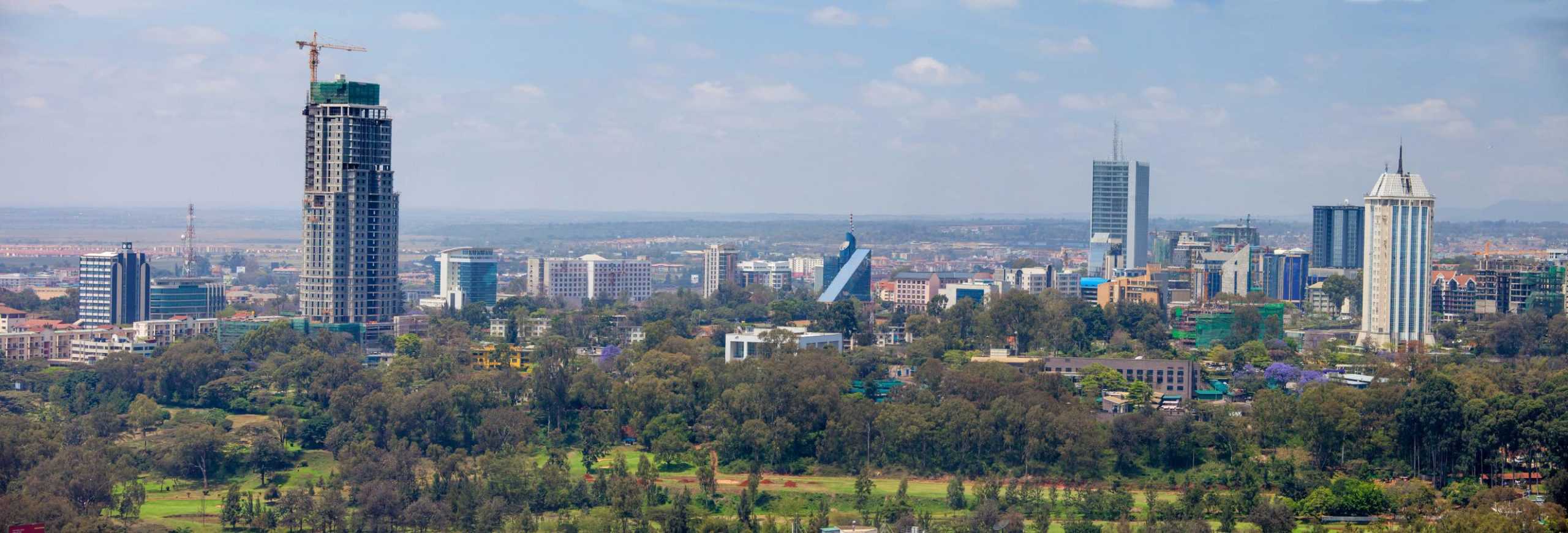COMMERCIAL LAW
Mode of Approaching the Court when Seeking Interim Protective Relief while Actuating the Reference to Arbitration Clause

Prior to the ruling in Scope Telematics International Sales Limited v Stoic Company Limited & Another, courts were inclined to exercise judicial discretion in allowing proceedings seeking interim relief pending/during arbitration to be founded on notice of motion applications additional to those civil proceedings instituted via a suit.
In this precedent setting case, the Court of Appeal of Kenya set out the proper instrument to be used to commence an application for interim measures of protection pending reference of a dispute to arbitration or during the progress of arbitral proceedings. (Not via a bare notice of motion application.)
The Arbitration Act and Arbitration Rules
S6 of the Arbitration Act provides that a court before which civil proceedings/suit are brought in a matter which is the subject of an arbitration agreement shall upon the application of a party, stay the proceedings and refer the parties to arbitration
S7 of the Arbitration Act provides that it is not incompatible with an arbitration agreement for a party to request from the High Court, before or during arbitral proceedings, an interim measure of protection and for the High Court to grant that measure.
The import of this is that the court has the absolute discretion to receive a request from a party to an arbitration agreement seeking interim protection, either before or after arbitral proceeding; whether or not the arbitration agreement grants the right to seek interim relief from the courts, pending or during arbitration.
Rule 2 of the Arbitration Rules provides that applications under Sections 6 and 7 shall be made by summons in the suit.
Previous norm – Bare Notice of Motion Application
Previously, many parties seeking relief under Section 7 would go before the court by way of a naked Notice of Motion Application filed under a Miscellaneous Application not rooted in a suit. The assumption made by litigants and courts alike was that the terms of S7 referring to a suit were prescriptive and not exclusionary to other means of filing an application seeking said interim orders of protection – and therefore based on this reasoning, parties had the choice of making either a notice of motion application or a plaint-instituted suit.
Scope Telematics International Sales Limited v Stoic Company Limited & Another [2017] eKLR
Case Summary
In this case, the parties had entered into a commercial contract for the supply of tracking devices. There was a dispute on the quality of the devices supplied; and parties attempted negotiations in an effort to amicably settle the dispute, which failed. The said contract provided that in the event parties were unable to amicably settle the agreement within one week of a dispute being declared and referred to the senior executives of both parties, then either party had the right to refer the dispute to arbitration in Ireland. If the dispute was not resolved within 30 days after reference to arbitration, then such dispute was to be determined by the courts of Ireland.
Before the dispute had been resolved in the terms of the contract, in a bid to forestall the Supplier from demanding payment on account of the supplied tracking devices; the Buyer of the tracking devices filed an application in the High Court of Kenya seeking to restrain the Supplier from demanding payment pending reference of the dispute to arbitration and/or resolution through amicable settlement. The Application was by way of Notice of Motion on the basis of Order 51 of the Civil Procedure Act which provides that applications to court unless otherwise prescribed shall be by means of notice of motion.
Preliminary Objection
In response to the application, the Supplier filed a notice of preliminary objection, the upshot of which was that in breach of Rule 2 of the Arbitration Rules, the wrong instrument had been used to apply for an interim injunction pending arbitration and therefore there were no competent proceedings before court upon which the reliefs sought could be granted, there being no suit filed in the first place. The argument was that the proceedings were fatally defective as they were not filed in the statutorily prescribed manner.
High Court Ruling
The High Court found in favour of the Buyer of the tracking devices and granted an order restraining the Supplier from demanding payment for the tracking devices already supplied.
The Supplier being aggrieved filed an appeal at the Court of Appeal on inter alia grounds that the application for interim relief was fatally defective and had wrongly been before the preceding court.
Court of Appeal Overturns Decision
The Court of Appeal was in agreement that grant of interim orders of protection was rightly an exercise of judicial discretion. However, the point of law that arose was whether the ‘shall’ in Rule 2 of the Arbitration Act left room for judicial discretion to receive an application for interim relief that was not founded in a suit, and allow a miscellaneous application.
The Court of Appeal held that Rule 2 held a clear prescription in mandatory terms and judicial discretion was not a cure for all procedural problems where there was a statutory provision that clearly dictated the procedure to be applied; and therefore, the application filed in the High Court as a miscellaneous application instead of a suit was fatally and incurably defective
Precedent Set
This decision is now precedent and courts have since the decision of the Court of Appeal in this case of Scope Telematics International Sales Limited v Stoic Company Limited & Another, gone on to strike out bare Notices of Motion (seeking interim relief under the Arbitration Rules) filed as Miscellaneous Applications, on the strength of this decision.
How then Should one file Such an Application for Interim Orders of Protection Pending or During Arbitral Proceedings?
In order to avoid your application being set aside on a preliminary objection on grounds that it is not founded in a suit, do the following:
- File a Plaint seeking relief in terms of the orders pending determination of arbitration.
- Accompany the Plaint with the requisite documents, namely: –
- Verifying Affidavit
- Witness Statements
- List and Bundle of Documents to be relied upon
- List of Witnesses
- Annexed Documentary Evidence
- At the same time, file an application for interim orders of relief pending hearing of the application and determination of arbitration; which application is accompanied by a supporting affidavit and annexures
- Thus your application for interim relief will satisfy the requirement in rule 2 of the Arbitration Rules that it be founded in a suit.
The provision of general information herein does not constitute an advocate-client relationship with any reader. All information, content, and material in this article are for general informational purposes only. Readers of this article should get in touch with us/a qualified advocate to obtain legal advice with respect to any particular legal matter.
RELATED ARTICLES



